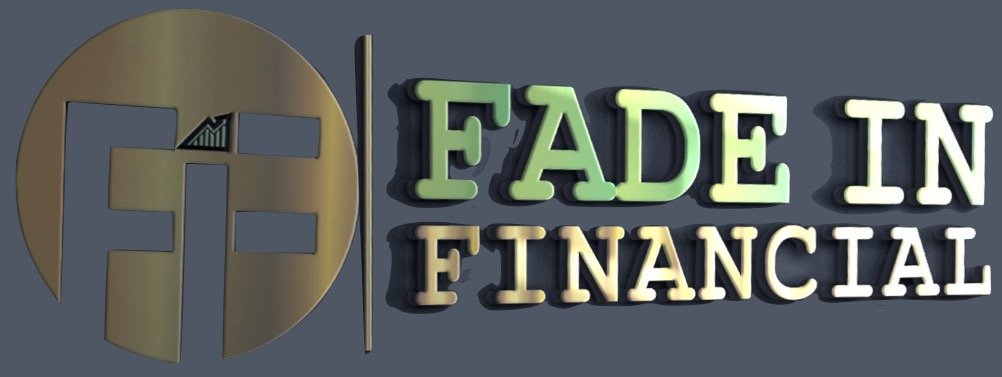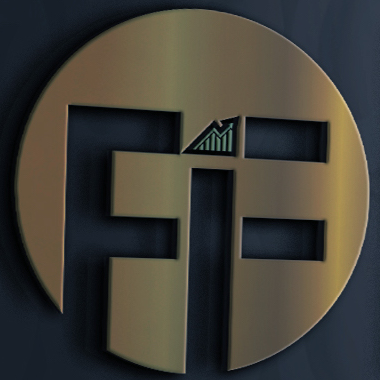How To Budget With Unpredictable Income
“We don’t even have enough money in our budget for coffee filters. We’re using a yarmulke!” - EDtv
written by Lowell Ganz & Babaloo Mandel, directed by Ron Howard
(4.5-minute read)
Budgeting your personal life is the foundation for any financial goals you may have. Maybe you’re in the rare instance of having WAY more coming in than you have going out and it’s not even close. If that’s the case, and you have millions already saved somewhere else, then personal budgeting may not be as prudent.
Short of that scenario, nearly every goal you have will involve looking at your current cash flow. Cash Flow = money coming in and money going out. It’s flowing. Get it? If you want to save for a house, vacation, college, emergency fund, or whatever your priority, you should start by looking at what exactly your money is doing.
Budgeting doesn’t have to be hard. Here are some helpful tips for creating a budget for those who don’t have predictable income.
USE TOOLS
First, you’ll need to gather your transactions. Get out your credit card and bank statements over the last three months. If you have an app and/or online account that’ll do.
Write it down! Use a spreadsheet. Use a piece of paper. Use something! But get it out of your head, and out of the various accounts, and onto a single document. Don’t assume you know how much you’re paying Apple every month. Writing it down will help you understand your current situation. From here, you can develop a spending/saving plan and control your future.
START WITH SPENDING
Don’t worry about how much you have coming in right now. Let’s focus on your expenses. You can break these down into two categories: Fixed and Flexible.
Fixed Expenses
Your fixed expenses are those that don’t fluctuate too much. If they do fluctuate, you know the range, and it’s not that extensive. Things like rent/mortgage, insurance, debt payments, utilities, day care, subscriptions/memberships, groceries, and savings (more on this later) fall into this category.
Flexible Expenses
Your flexible expenses can vary depending on a number of factors. You often have more control over your flexible expenses. Shopping, entertainment, dining out, transportation, gifts, and house supplies are more flexible.
Now you can break down your spending even further. Categorize your transactions. This will take the most time to complete, but it’s worth it! Apps and software can help do this for you. For example, the app will recognize Macy’s as a department store. Whenever you purchase something at Macy’s, your app will move that transaction into your “Shopping” category. Add your three months of expenses in each of these categories, and then divide by three to get a monthly average.
EMERGENCY AND SAVINGS
Once you get a one-month average of your spending in the different categories, you can create an Emergency Fund. This fund must contain all of your fixed expenses. You can decide how much of your flexible expenses you want to include.
Since being a screenwriter and/or director means that you may not work for many months at a time, I recommend building an Emergency Fund of 12-18 months. Your situation will vary if you have consistent income coming in elsewhere. Remember the savings portion of your fixed expenses? That’s where you can begin building this Emergency Fund if you haven’t met this amount already.
Savings can also mean contributing to an investment account or bank savings account too. If you need to save for another goal, this is how you go about it. But treat savings as a utility bill that must be paid every month. Don’t pay yourself if there’s anything left over. Pay yourself first, then if there’s anything leftover, you can add to your savings or investments.
SET YOUR PLAN IN MOTION
Place limits on your monthly categories and stick to them. The best part of doing all that previous work is that you get to create a new plan. This plan will include your future goals.
Another recommendation is to open a separate bank account for your entertainment, shopping, and dining out. You’re not increasing the amount you can spend in these categories. But you are separating this money from your mandatory living expenses (Fixed) so that you can freely spend it on whatever you choose. There is no guilt or worry about paying your other bills because those expenses are covered in a different account, usually your checking. If you set a budget of $1,000/month for entertainment/shopping/dining, then place $1,000 into this account. Refill it back up to $1,000 at the beginning of each month.
Speaking of that other checking account, I also recommend having 3-4 months of fixed expenses in there. Again, this will vary if you have consistent income elsewhere. If you do, then one or two months should suffice. This checking account is also where all of your income is being funneled. If you’re transferring it from your Loan-out, or if you’re getting paid directly from the studio, it should be going into this same checking account.
Open a High Yield Savings Account for your Emergency Fund and/or Savings goal. You don’t want to be tempted to spend this, so keep it out of your checking account. Also, those High Yield Accounts (or a CD ladder) will put your money to work. Your money will be making money!
Planning for your financial future can be difficult. But it’s made more challenging without a proper personal budget. It might take a few hours of work up front, but once you have it figured out, you can be more confident in your decisions moving forward.
If you’d like more information about Financial Planning, you can schedule a complimentary meeting HERE.
Join the email list and receive the NO NOTES! newsletter with blog/video updates.
For disclosure information: Website Disclaimer
—

